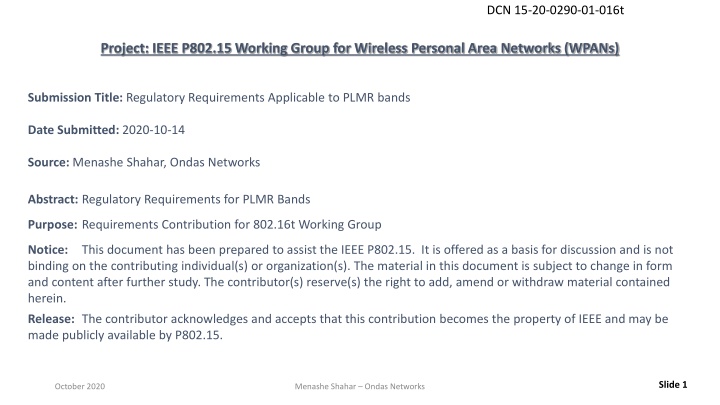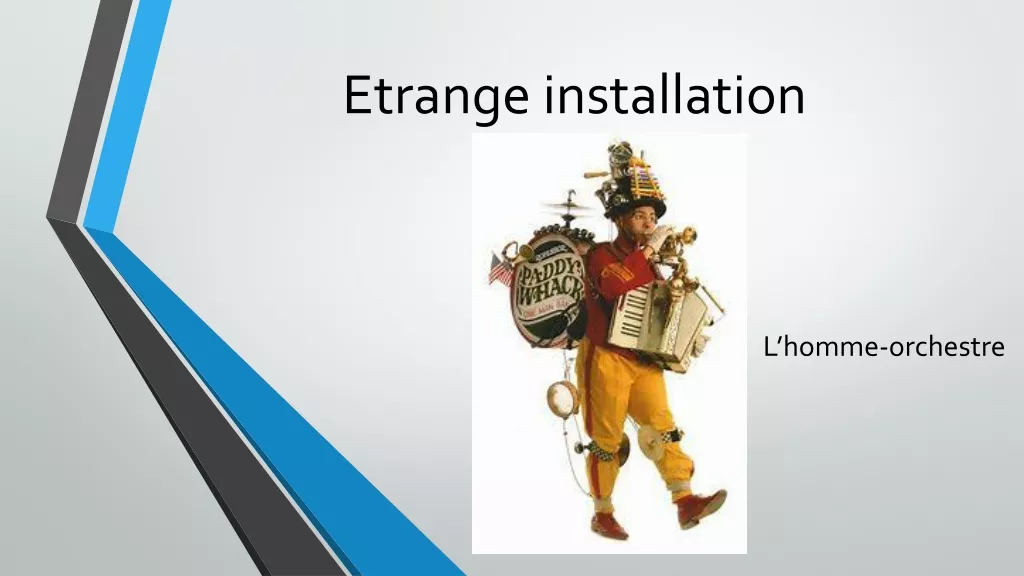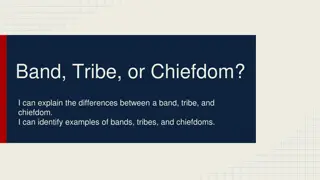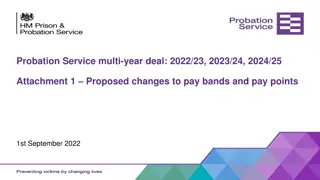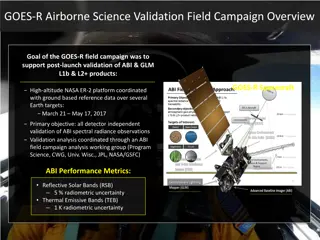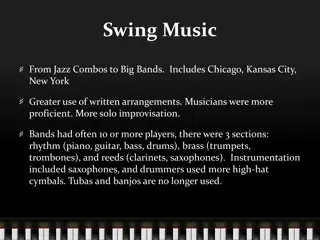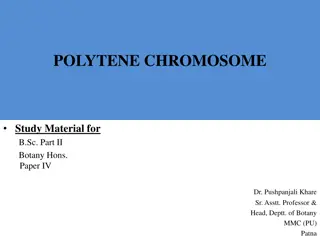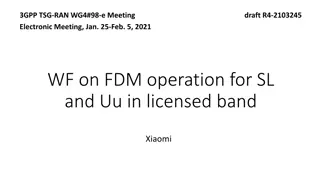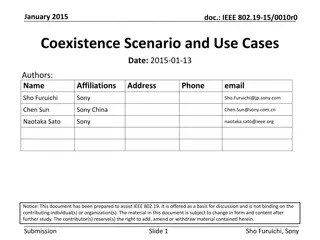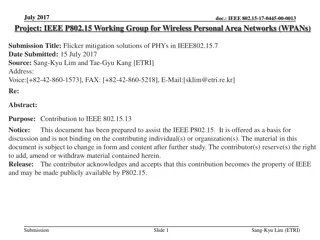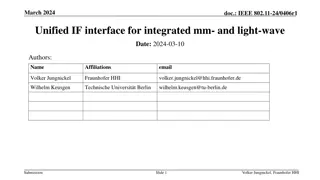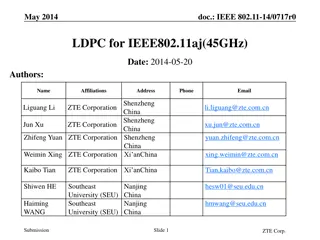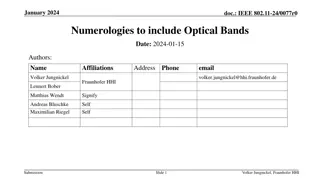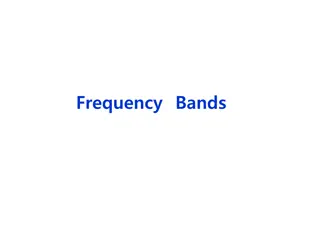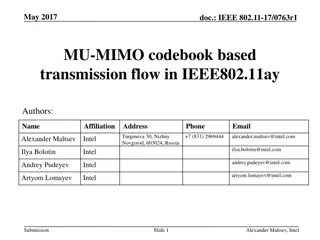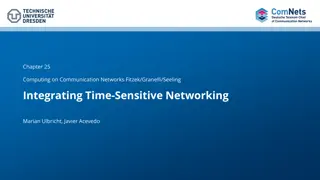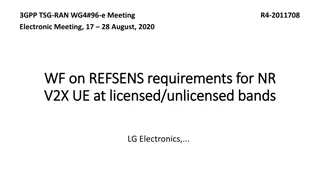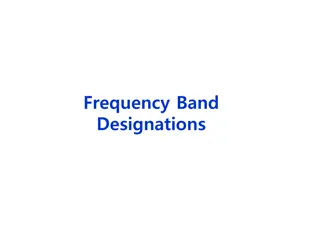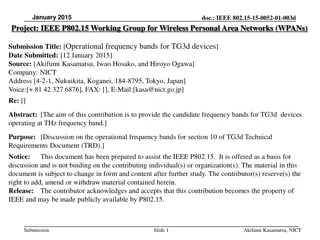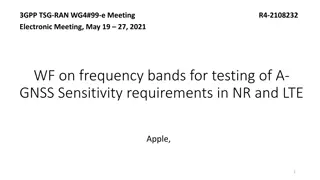Regulatory Requirements for PLMR Bands in IEEE802.16t
This submission outlines the regulatory requirements applicable to PLMR bands for the IEEE802.16t working group. It covers transmitter and receiver requirements, including spectrum emission masks, ACLR, sensitivity, and more. The document emphasizes compliance with standards such as FCC Part 90 and ETSI EN 300.113 to ensure proper air interface protocols and interoperability.
Download Presentation

Please find below an Image/Link to download the presentation.
The content on the website is provided AS IS for your information and personal use only. It may not be sold, licensed, or shared on other websites without obtaining consent from the author.If you encounter any issues during the download, it is possible that the publisher has removed the file from their server.
You are allowed to download the files provided on this website for personal or commercial use, subject to the condition that they are used lawfully. All files are the property of their respective owners.
The content on the website is provided AS IS for your information and personal use only. It may not be sold, licensed, or shared on other websites without obtaining consent from the author.
E N D
Presentation Transcript
DCN 15-20-0290-01-016t Project: IEEE P802.15 Working Group for Wireless Personal Area Networks (WPANs) Submission Title: Regulatory Requirements Applicable to PLMR bands Date Submitted: 2020-10-14 Source: Menashe Shahar, Ondas Networks Abstract: Regulatory Requirements for PLMR Bands Purpose: Requirements Contribution for 802.16t Working Group Notice: This document has been prepared to assist the IEEE P802.15. It is offered as a basis for discussion and is not binding on the contributing individual(s) or organization(s). The material in this document is subject to change in form and content after further study. The contributor(s) reserve(s) the right to add, amend or withdraw material contained herein. Release: The contributor acknowledges and accepts that this contribution becomes the property of IEEE and may be made publicly available by P802.15. Slide 1 October 2020 Menashe Shahar Ondas Networks
DCN 15-20-0290-01-016t Regulatory Requirements Applicable to PLMR bands IEEE802.16t should enable compliance with applicable regulatory standards. The related air interface requirements should be considered. Some of the requirements can be viewed as local product requirements. Others have impact on air interface protocol and interoperability. Examples of standards applicable to PLMR bands: FCC Part 90 ETSI EN 300 113 Slide 2 October 2020 Menashe Shahar Ondas Networks
DCN 15-20-0290-01-016t Transmitter Requirements Typical emission requirements: Spectrum emission mask Adjacent Channel Leakage Ratio (ACLR) Adjacent Channel Power (ACP) Alternate channel power Occupied bandwidth/Max symbol rate Frequency utilization The requirements vary between different standards and even between different FCC parts. It is desired to maximize frequency utilization while meeting the out- band emission requirements. It is recommended to allow for a configurable symbol rate. Slide 3 October 2020 Menashe Shahar Ondas Networks
DCN 15-20-0290-01-016t Receiver Requirements Receiver sensitivity Adjacent Channel Rejection/Adjacent Channel Selectivity Blocking/Desensitization Why receiver requirements are needed: Meet ETSI EN 300 113 requirements Support of voice/data coexistence in low utilization voice channels. Voice will have priority over data Slide 4 October 2020 Menashe Shahar Ondas Networks
DCN 15-20-0290-01-016t FCC Part 90 Spectrum Emission Mask D Slide 5 October 2020 Menashe Shahar Ondas Networks
DCN 15-20-0290-01-016t Examples of FCC Part 90 Requirements FCC Part 90.209 Bandwidth limitations: The standard provides a table which specifies the channel spacing and bandwidths for each frequency band, e.g., the authorized bandwidth in the 406 512 MHz band for 6.25 KHz/12.5 KHz and 25 KHz channels is 6KHz/11.25 KHz and 20 KHz respectively. FCC Part 90.203(j) Spectrum efficiency: Specifies minimum data rate for a given channel bandwidth, e.g., 4,800 bps/6.25 KHz channel Slide 6 October 2020 Menashe Shahar Ondas Networks
DCN 15-20-0290-01-016t Operation in aggregated PLMR channels Interpretation of FCC rules when operating in aggregated adjacent or non-adjacent channels: Unless the FCC has specific rules for aggregated PLMR channels, the rules should be followed in each channel individually, i.e., the emission constraints should be followed for each channel. Meeting receiver performance requirements in aggregated adjacent and non-adjacent channels: When all channels are adjacent, traditional analog and digital bandpass filtering techniques can be used. When the channels are not adjacent to each other: The digital filter should be configurable according to the active channels and the gaps in between It is not practical to employ analog filtering. Good ACR and blocker performance relies on receiver dynamic range. Slide 7 October 2020 Menashe Shahar Ondas Networks
